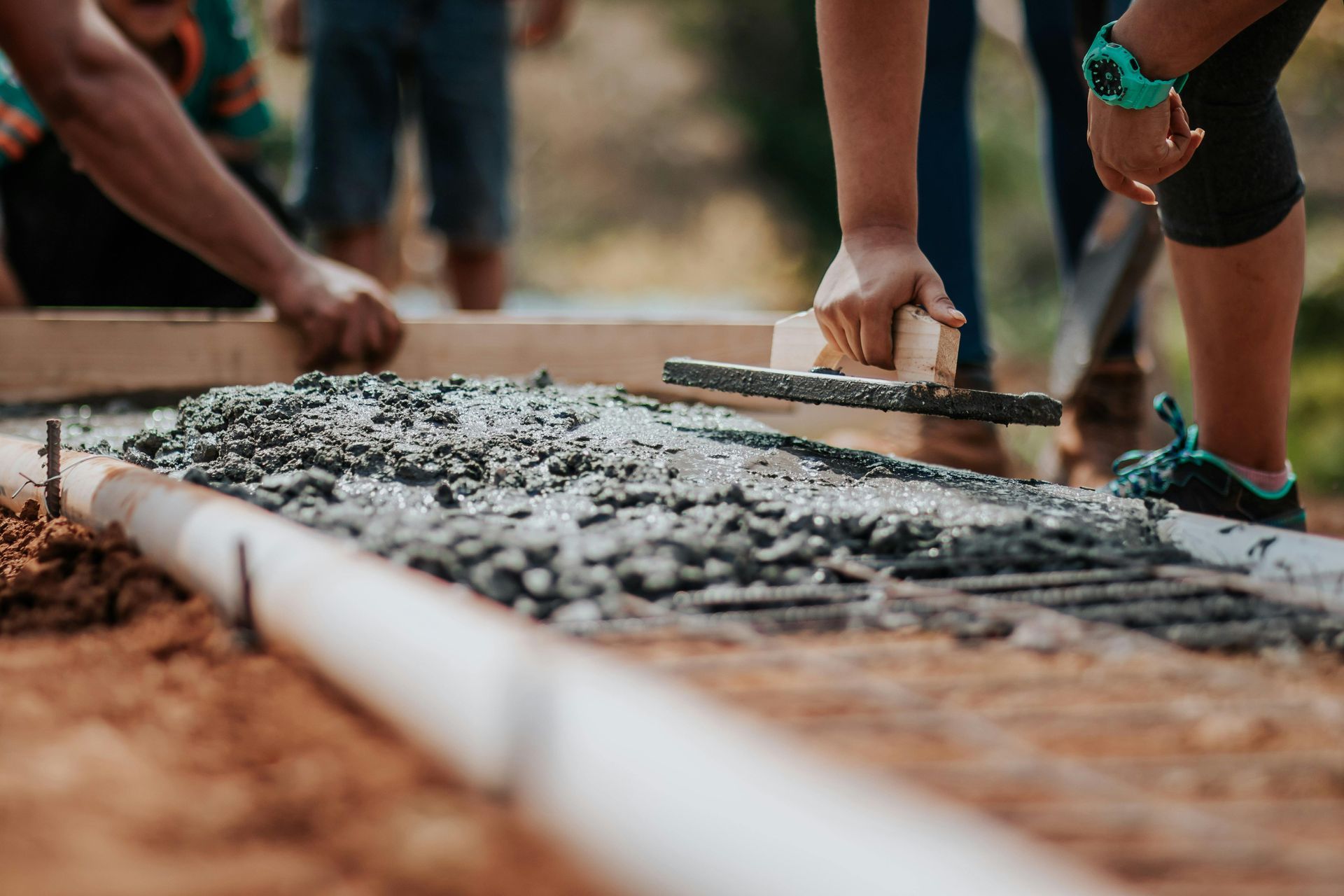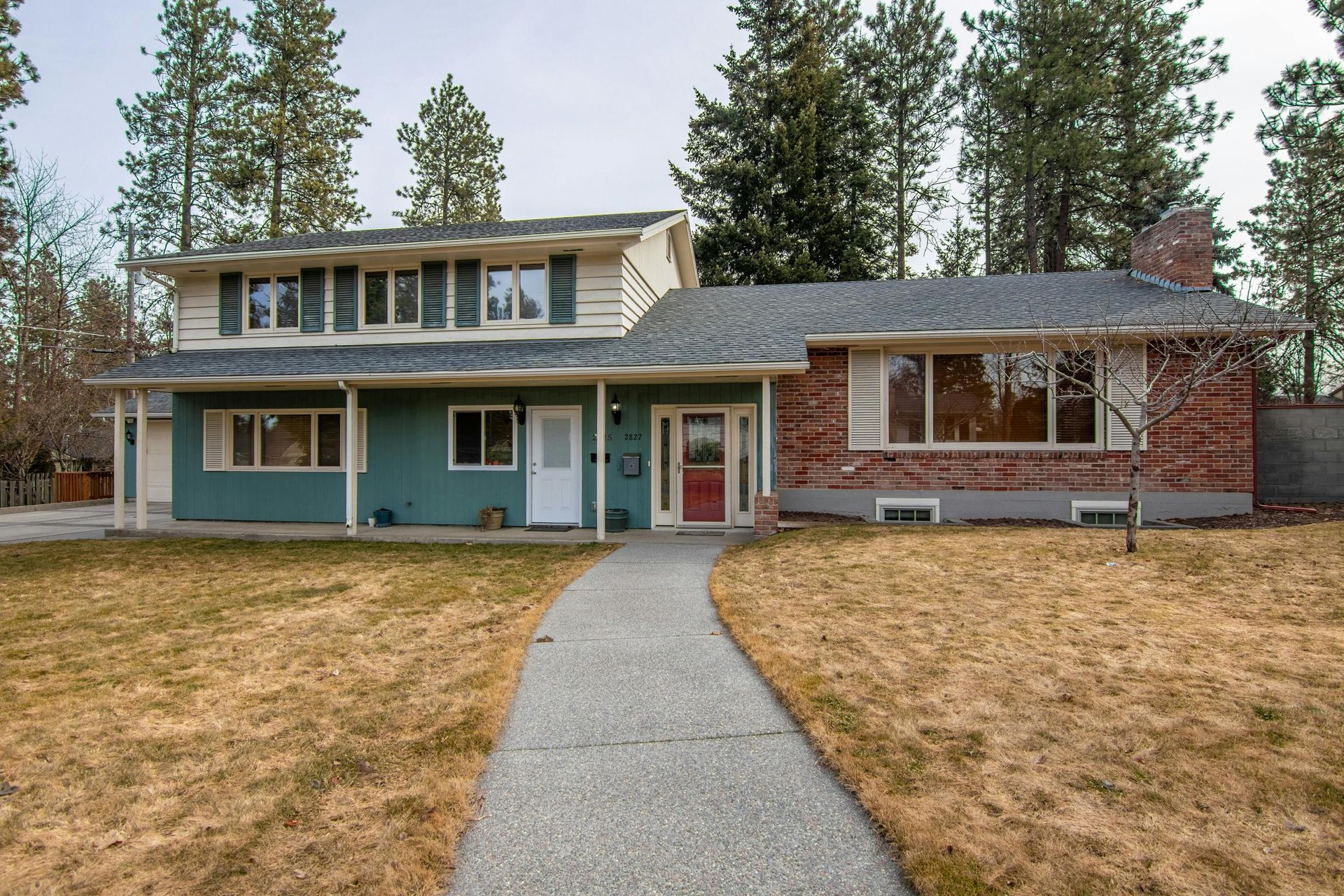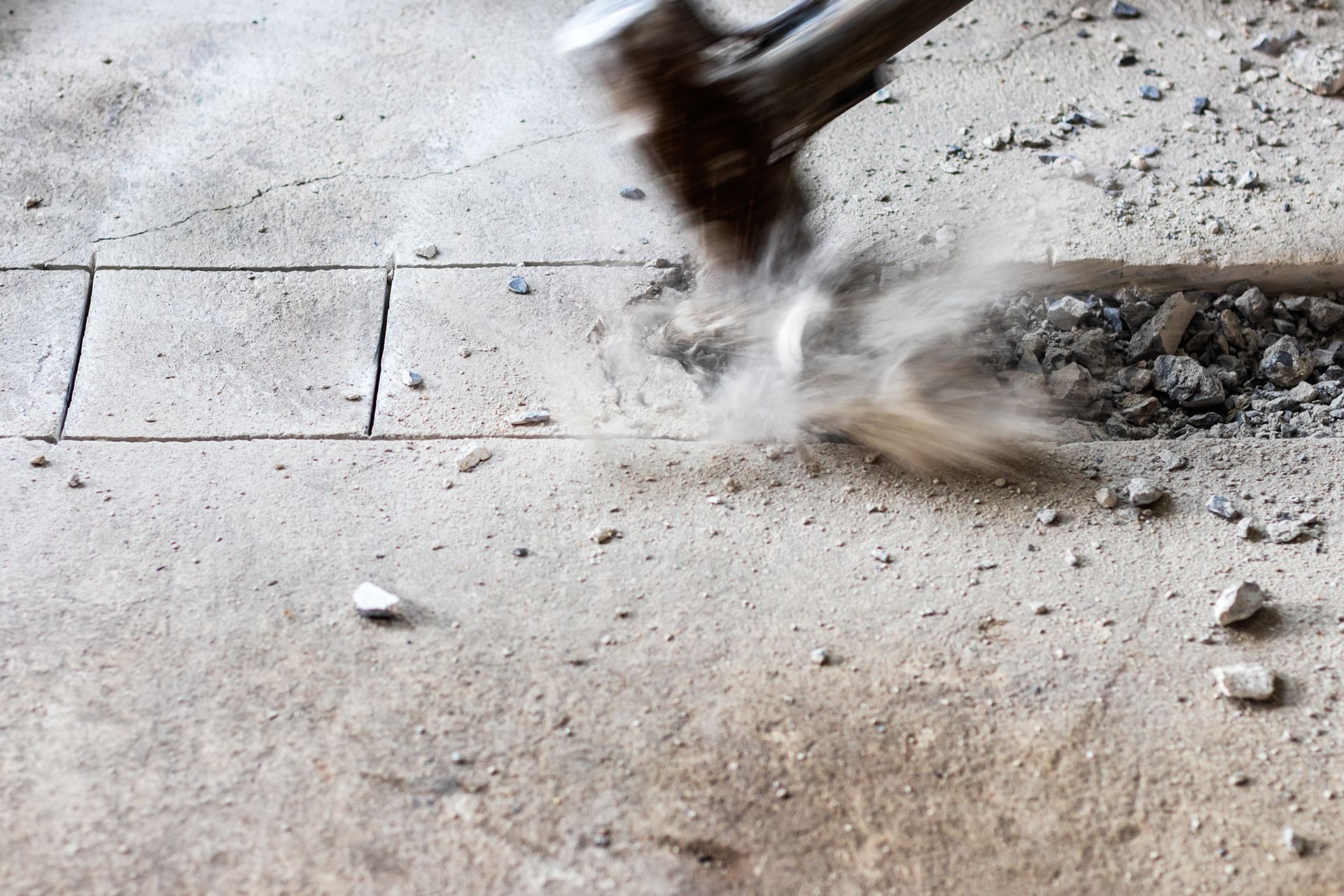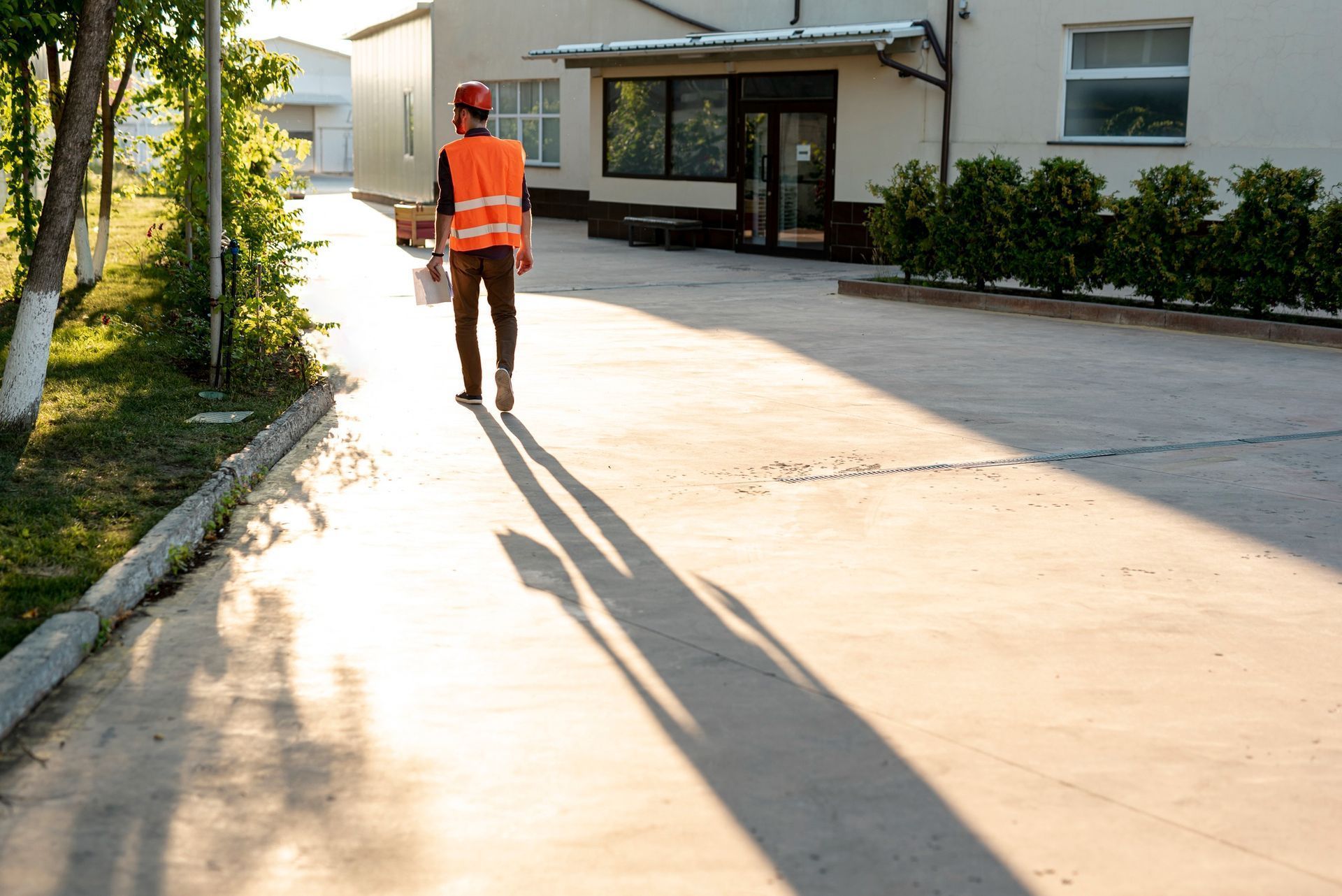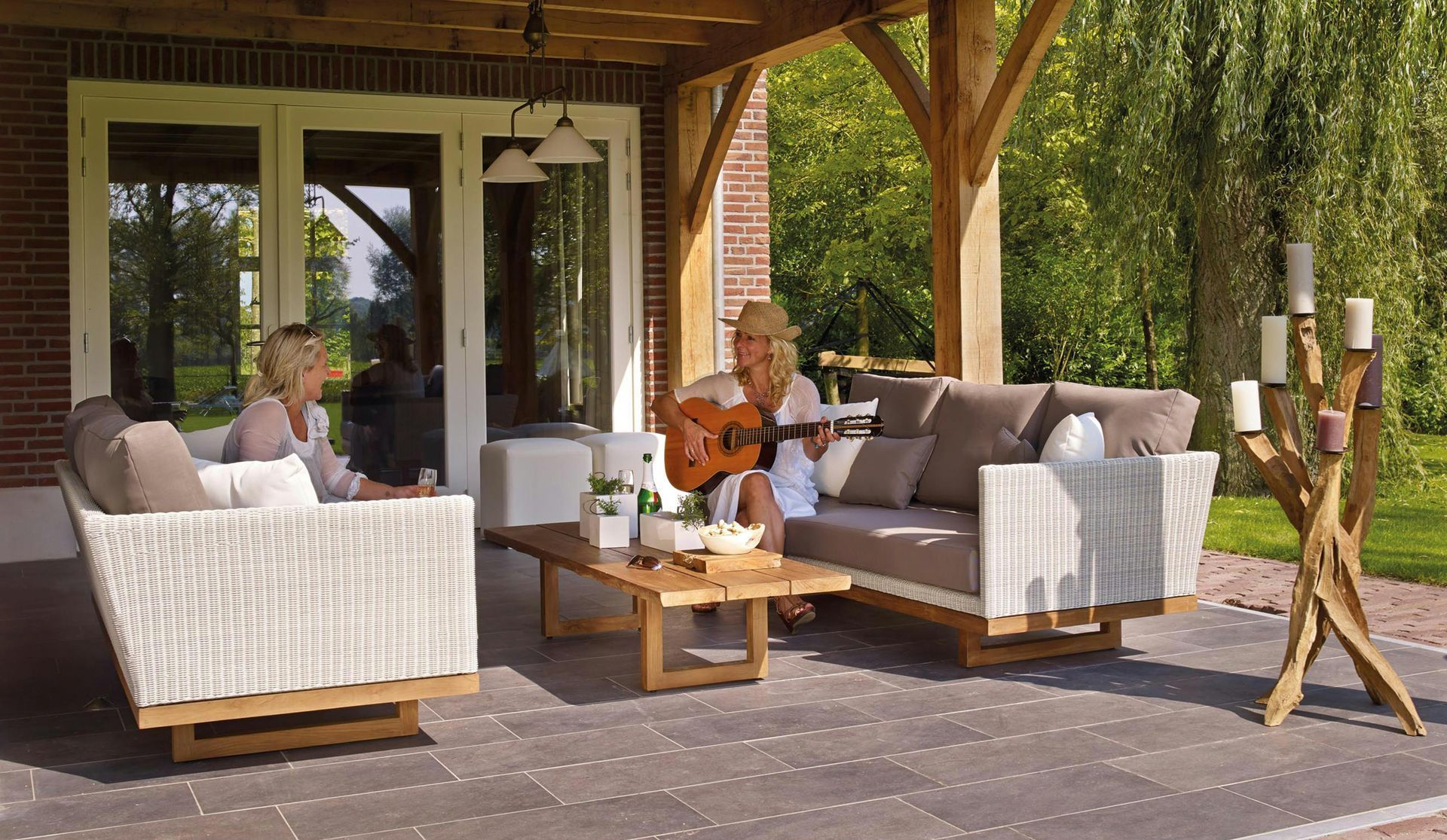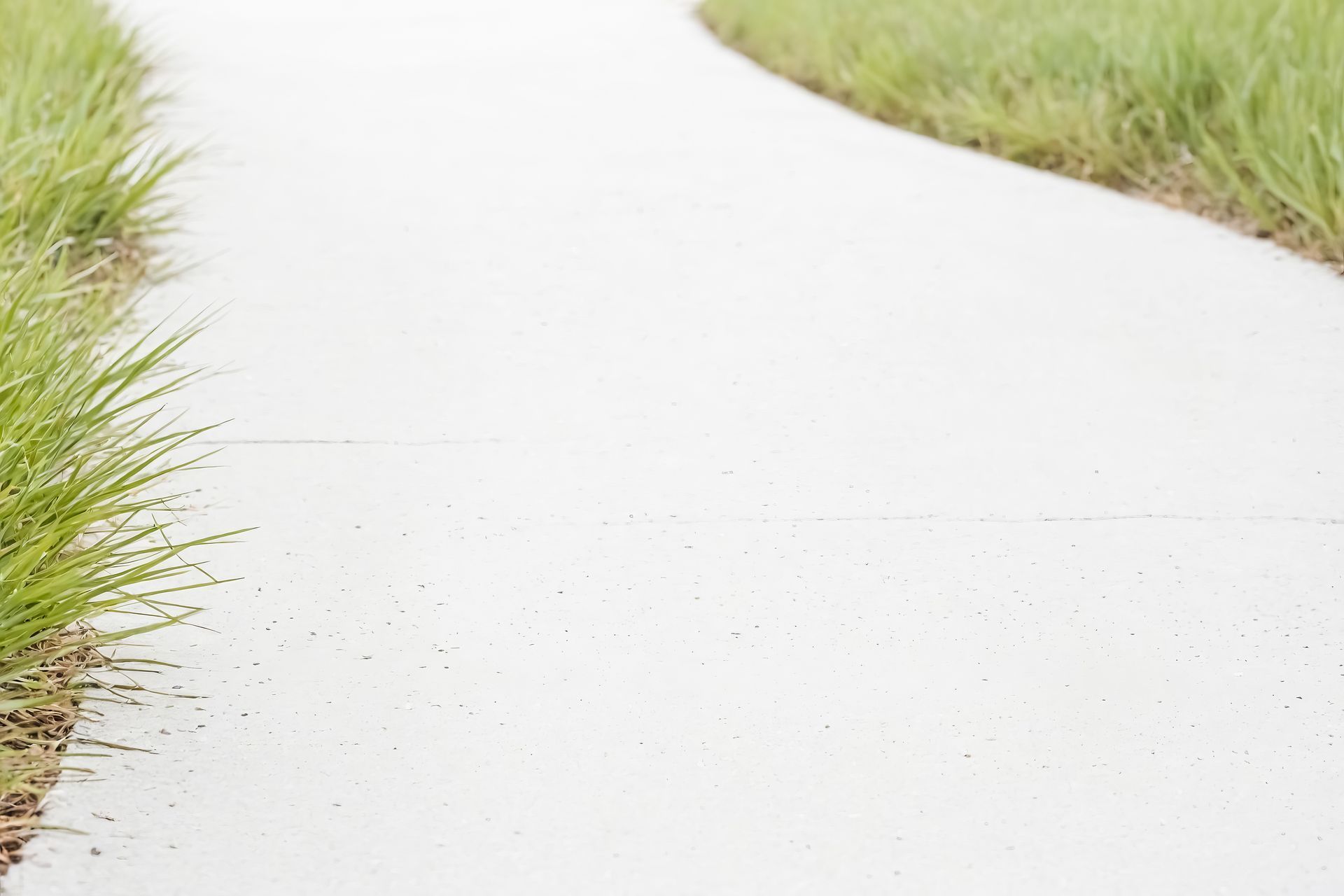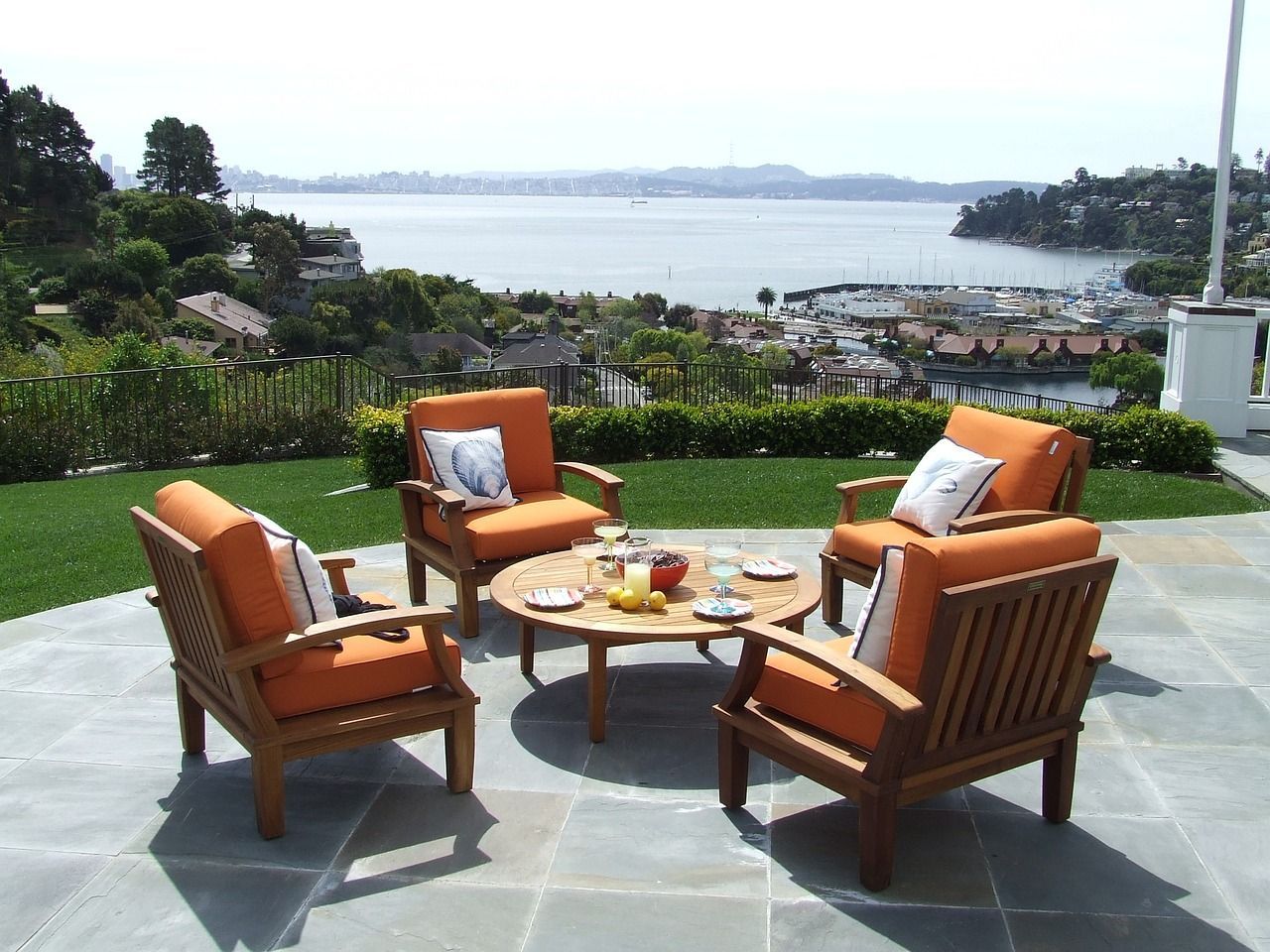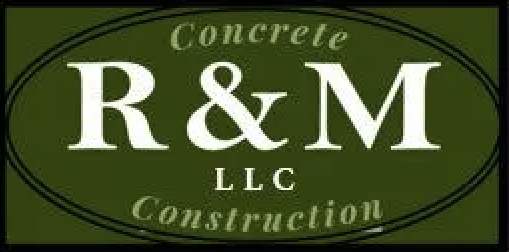Common Concrete Problems and How to Fix Them
Concrete is a strong and adaptable material used in construction. However, despite its strength and long-lasting nature, concrete is not impervious to problems. Over time, various issues can arise that can affect the integrity and appearance of your concrete surfaces. In this blog post, we’ll explore some of the most common concrete problems you might encounter and provide practical solutions to fix them. Whether you’re dealing with cracks, discoloration, or other concerns, this guide will help you understand the causes and remedies.
R&M Concrete, based in Lacey, WA, is here to assist you with all your concrete needs.
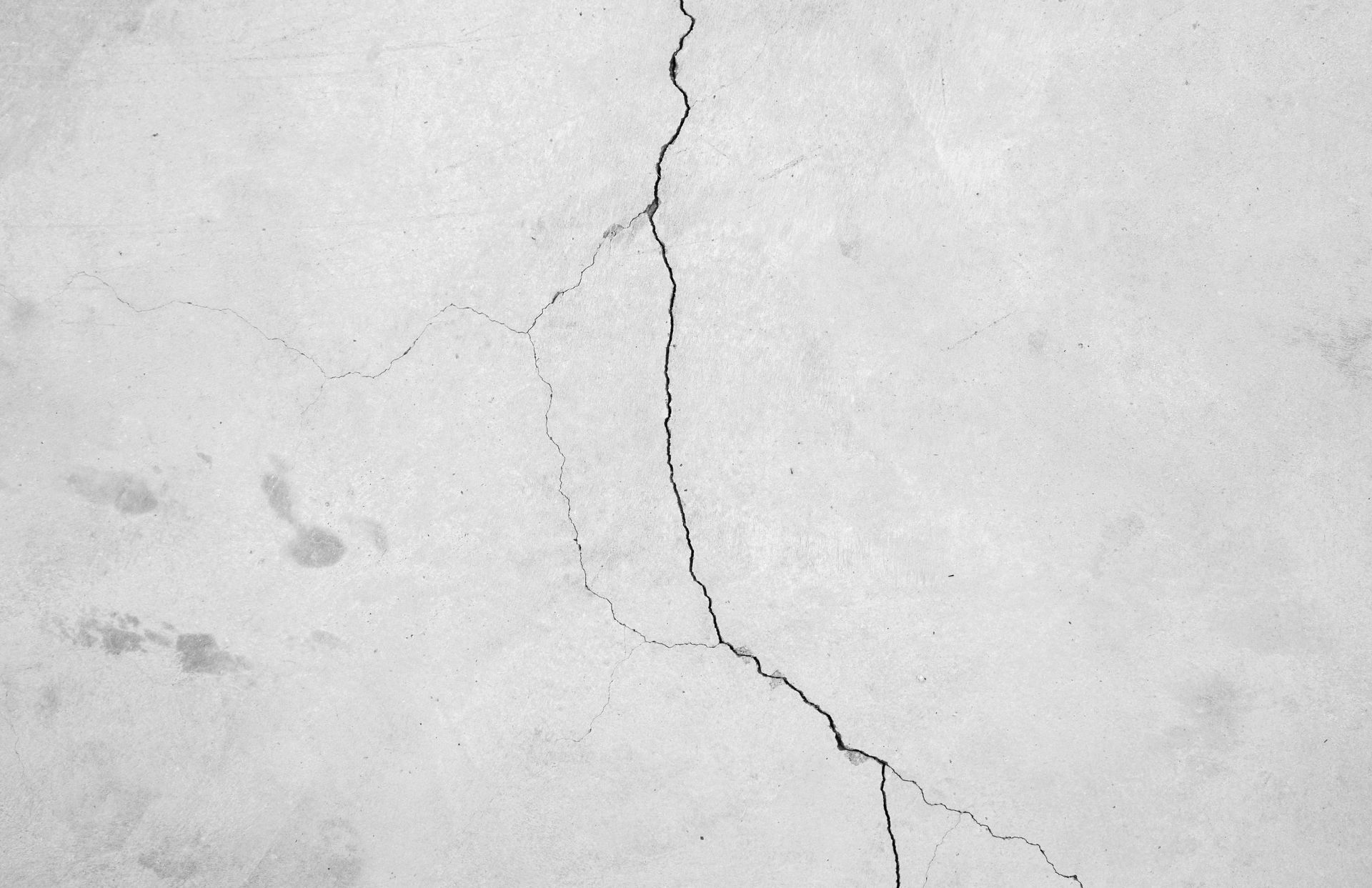
1. Cracking: Causes and Solutions
Understanding Concrete Cracking
Concrete is often susceptible to cracking. They can occur due to a variety of reasons, including shrinkage during curing, thermal expansion, ground movement, and excessive load. While small cracks are often not a structural concern, they can be unsightly and may lead to further damage if left untreated.
How to Fix Cracks in Concrete
The solution to fixing cracks in concrete depends on the size and severity of the crack:
- Hairline Cracks: For minor cracks, a concrete filler or sealant can be used. Make sure the crack is clean by removing any dirt or debris. Apply the filler using a caulk gun, ensuring that it is pressed deep into the crack. Smooth the surface using a putty knife and follow the manufacturer's instructions for drying time.
- Larger Cracks: For more significant cracks, it may be necessary to use a concrete patching compound. Again, clean the crack and then apply the patching compound with a trowel, pressing it firmly into the crack. For added durability, consider using a bonding agent before applying the compound.
- Structural Cracks: If the crack appears to be structural, such as in a foundation or load-bearing wall, it’s crucial to consult a professional. Structural cracks may indicate underlying issues that need to be addressed, such as soil movement or improper construction.
2. Discoloration: Causes and Remedies
What Causes Concrete Discoloration?
Discoloration in concrete can result from several factors, including inconsistent mixing, exposure to water or chemicals, and the use of different batches of cement. Over time, weathering and UV exposure can also cause concrete surfaces to lose their original color, leading to a patchy or uneven appearance.
How to Fix Discoloration in Concrete
- Cleaning: Sometimes, discoloration is simply the result of surface dirt or stains. A thorough cleaning with a pressure washer or a specialized concrete cleaner can often restore the original color. For stubborn stains, consider using a mild acid wash or a commercial stain remover.
- Staining or Painting: If cleaning doesn’t solve the problem, you may want to consider staining or painting the concrete. Concrete stains can penetrate the surface and provide a more uniform color, while concrete paint offers a protective coating that can refresh the appearance. Both options require proper surface preparation, including cleaning and possibly etching, to ensure adhesion.
- Resurfacing: For severely discolored concrete, resurfacing may be the best option. This involves applying a thin layer of new concrete over the existing surface, effectively covering any imperfections and giving the concrete a fresh, new look.
3. Scaling and Spalling: Understanding and Repairing Surface Damage
What is Scaling and Spalling?
Scaling occurs when the surface layer of concrete flakes off, often due to freeze-thaw cycles, deicing salts, or poor finishing techniques. Spalling is a more severe form of scaling, where larger chunks of concrete break away from the surface. Both issues can lead to a rough, pitted appearance and expose the underlying aggregate, weakening the concrete.
How to Fix Scaling and Spalling
- Minor Scaling: For light scaling, a concrete resurfacer can be applied to the damaged area. This is a thin overlay that bonds to the existing concrete and provides a smooth, durable surface. The area should be cleaned and any loose material removed before applying the resurfacer.
- Severe Spalling: For more significant spalling, it may be necessary to remove the damaged concrete and apply a patching compound. After cleaning and prepping the area, apply a bonding agent followed by the patching compound. Smooth the surface with a trowel and allow it to harden.
- Preventive Measures: To prevent future scaling or spalling, consider sealing your concrete. A quality concrete sealer can protect against moisture penetration and the damaging effects of freeze-thaw cycles.
4. Efflorescence: Causes and Treatment
What is Efflorescence?
Concrete can sometimes develop a white, powdery coating known as efflorescence. It occurs when water-soluble salts within the concrete are carried to the surface by moisture and then left behind as the water evaporates. While efflorescence is usually not harmful, it can be unsightly and may indicate moisture issues.
How to Remove Efflorescence from Concrete
- Dry Brushing: For light efflorescence, dry brushing the surface with a stiff broom or brush can often remove the deposits. Be sure to do this on a dry day to avoid driving the salts back into the concrete.
- Washing: A more thorough method involves washing the concrete with a mixture of water and vinegar or a specialized efflorescence cleaner. Apply the solution to the affected area, scrub with a brush, and rinse thoroughly with clean water.
- Sealing: To prevent efflorescence from reoccurring, consider applying a concrete sealer. This will help to block moisture from entering the concrete and bringing salts to the surface.
5. Crazing: Understanding and Fixing Fine Surface Cracks
What is Crazing?
Crazing refers to a network of fine, shallow cracks that appear on the surface of concrete. These cracks are typically caused by rapid drying of the surface, improper finishing, or inadequate curing. While crazing does not usually affect the structural integrity of the concrete, it can detract from its appearance.
How to Fix Crazing in Concrete
- Surface Treatments: In many cases, crazing can be improved by applying a surface treatment, such as a concrete densifier or hardener. These products penetrate the surface and fill in the tiny cracks, making them less visible and providing a smoother finish.
- Resurfacing: If the crazing is extensive, resurfacing the concrete may be necessary. This involves applying a thin layer of new concrete over the existing surface, effectively covering the crazed areas and giving the concrete a fresh appearance.
- Proper Curing: To prevent crazing in new concrete, it’s important to ensure proper curing. This involves keeping the concrete moist for an extended period after pouring, typically by covering it with wet burlap or using a curing compound. Proper curing helps to slow the drying process and reduce the risk of crazing.
Contact R&M Concrete for Concrete Services in Lacey, WA
Concrete problems can be frustrating, but with the right knowledge and techniques, they are often fixable. At R&M Concrete, we understand the unique challenges that concrete surfaces face in the Lacey, WA area. Whether you’re dealing with cracks, discoloration, scaling, or other issues, our team of experienced professionals is here to help. We offer a range of concrete services, from walkways and patios to decks and driveways. Don’t let concrete problems detract from the beauty and functionality of your property. Contact R&M Concrete today at (360) 515-0529 to schedule a consultation and learn how we can restore your concrete surfaces to their original condition.
FAQ
How long does concrete take to fully cure?
It typically takes 28 days for concrete to completely cure and attain its maximum strength. However, it can be walked on within 24-48 hours after pouring, and light traffic is generally acceptable after 7 days.
Can I prevent cracks in concrete?
While it’s impossible to prevent all cracks in concrete, you can minimize them by ensuring proper preparation, using control joints, and following best practices for mixing, pouring, and curing the concrete.
How often should I seal my concrete?
Sealing concrete is recommended every 2-3 years, depending on the level of exposure to weather and traffic. Regular sealing helps protect against moisture penetration, staining, and surface wear.
Is efflorescence harmful to concrete?
Efflorescence is generally not harmful to the structural integrity of concrete, but it can be unsightly. It may indicate moisture issues, so addressing the underlying cause is important.
Can I paint over discolored concrete?
Yes, you can paint over discolored concrete. To ensure proper bonding, it's crucial to prepare the surface correctly. This may include cleaning, etching, and applying a suitable primer before painting.
